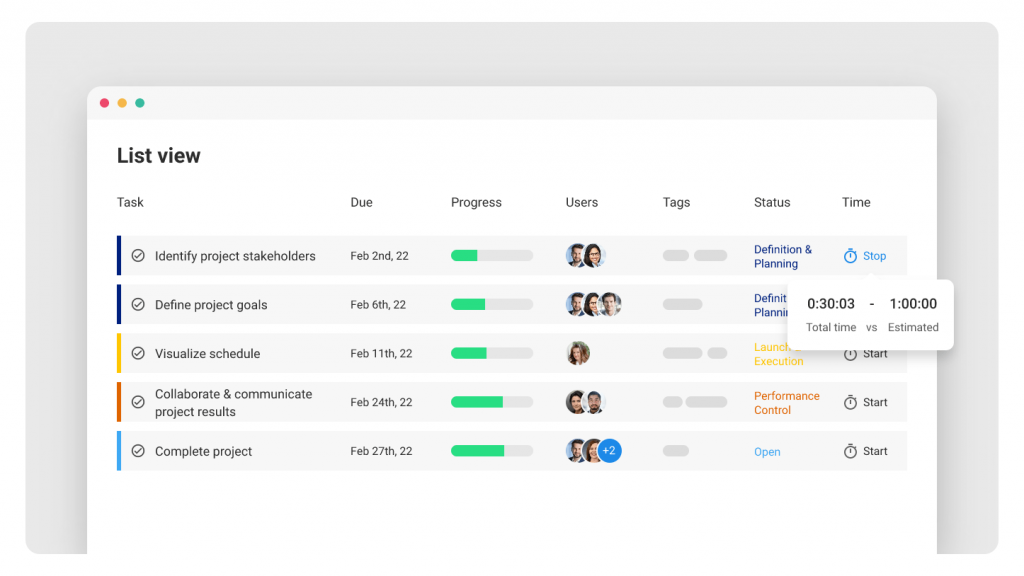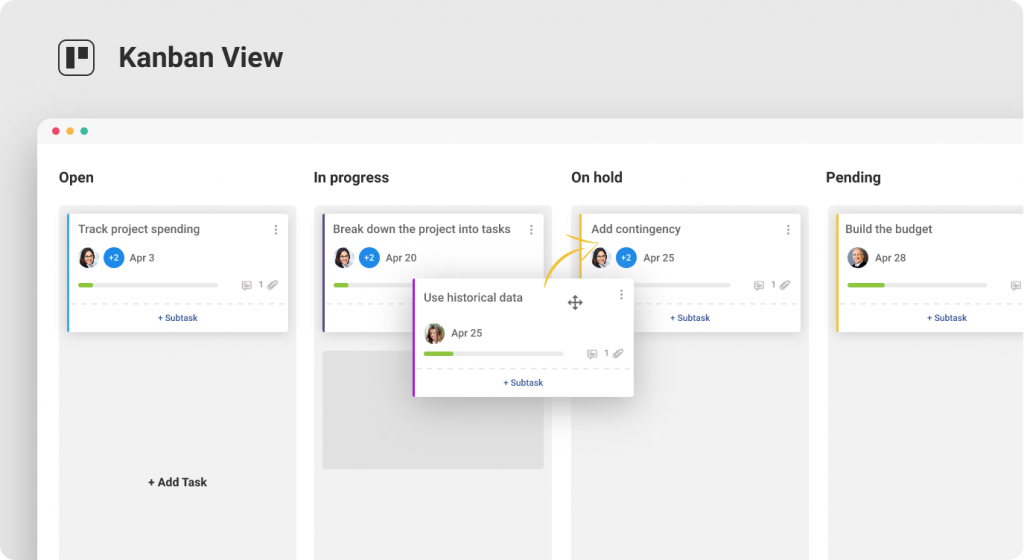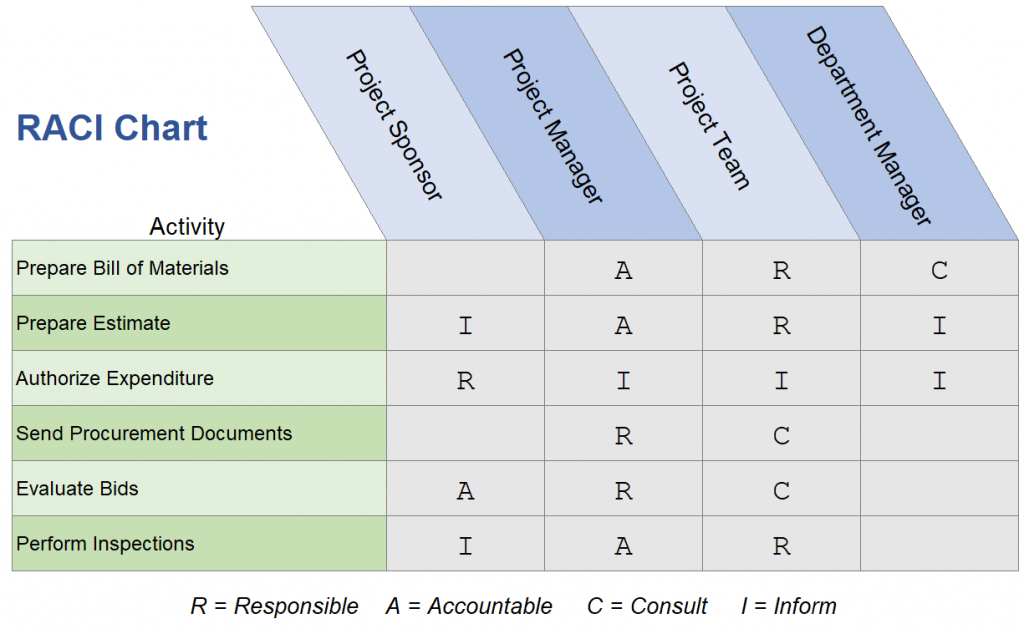In my extensive career steering projects across multiple industries, I’ve seen how the success or demise of an initiative hinges critically on decision-making in project management.
The pain points are palpable: missed opportunities, budget overruns, and a significant drain on team morale. I’ve observed that authentic project leadership isn’t just about planning tasks, but about cultivating a robust framework for consistent, insightful decisions that anticipate challenges and pivot effectively when needed.
This guide aims to demystify that critical process. Drawing from real-world experience, we will provide project leaders with a practical, step-by-step roadmap to master decision-making, transforming uncertainty into actionable strategy for better project execution.
What Is Decision-Making in Project Management?
Decision-making in project management is a dynamic process critical for project success. It involves evaluating alternatives, weighing risks, and making informed choices that steer the project in the right direction.
Effective decision-making empowers project managers to navigate uncertainties, allocate resources efficiently, and overcome challenges head-on. As a project manager, you need to combine analytical thinking with strategic foresight to make decisions that positively impact your project’s outcome and stakeholder satisfaction.
So you have to gather relevant information systematically, select the best approach, use data-driven insights, and implement and monitor your decisions in real time. By doing this, you boost your team and project performance and achieve success with the right decisions.
Let me share a real-life example of how the United Nations Development Program used project management software to turn effective decisions into action:

What Is the Importance of Effective Decision-Making in Project Management?
Let’s look at the importance of decision-making in project management.
1. Manages Risks & Obstacles
By making effective decisions, project managers can identify potential risks, evaluate alternatives, and choose the best course of action.
This enables them to mitigate risks and overcome obstacles throughout the project lifecycle.
2. Optimizes Resource Allocation
By making well-informed decisions, project managers can allocate resources strategically and ensure that the right resources are assigned to the right tasks at the right time.
This helps optimize efficiency and minimize resource wastage.
3. Enhances Efficiency & Productivity
Sound decision-making eliminates unnecessary steps and prioritizes tasks. This results in improved efficiency, increased productivity, and timely project completion.
4. Aligns With Organizational Goals
Effective decision-making helps project managers to align their project efforts with the organization’s goals and objectives.
As a result, they can create consistency and coherence across projects and boost organizational performance.
5. Fosters Continuous Innovation
Making informed decisions encourages innovative thinking, creative problem-solving, and collaboration within the project team.
This creates an environment that nurtures new ideas and drives continuous improvement.
6. Drives Growth & Exceptional Results
The ability to make well-informed decisions in project management is instrumental in driving project growth and maintaining a competitive edge in today’s business landscape.
What Are the Types of Project Decisions & When Do They Happen?
Not all decisions are created equal. In project management, decisions fall into distinct categories—knowing which type you’re facing helps you approach it with the right tools and mindset.
1. Strategic vs. Operational Decisions
- Strategic decisions involve high-level choices such as selecting a project framework (Agile vs. Waterfall), choosing a vendor, or aligning the project with business goals.
- Operational decisions deal with day-to-day execution: assigning tasks, resolving blockers, and approving timelines.
2. Decision Timing Across the Lifecycle
- Initiation Phase: Approving the project charter and selecting tools.
- Planning Phase: Setting timelines and resource allocation.
- Execution Phase: Adjust workflows and reallocate roles.
- Closure Phase: Final approvals, performance analysis.
What Are the Key Steps for Mastering Decision Making in Project Management?
The decision-making process in project management involves a series of systematic steps that ensure informed and effective choices.
Let’s break down the steps and discuss them.
1. Identify the Key Decision at Hand
Start by clearly defining the problem or opportunity and the outcome you want to achieve. Pinpointing the core decision helps direct your focus and ensures alignment with setting project goals.
Deciding how to allocate time, budget, and people across project phases, or determining the optimal task sequence for on-time delivery.

2. Gather & Analyze Relevant Information
Collect only the data that directly informs your decision: task progress, budget status, team capacity, and stakeholder input. Avoid getting lost in irrelevant details.
Instead of manually analyzing task status, use tools like ProProfs Project’s Summary report to instantly view active tasks, team workloads, and overall progress.
3. Generate & Evaluate Alternative Solutions
Brainstorm multiple options, then compare their feasibility, impact, risks, and alignment with project objectives. This ensures you’re not settling for the first solution.
When managing shared resources across projects, assess options based on priority, expertise, and workload balance.
4. Make & Implement the Decision
Choose the best option and implement it. Align the decision with the project’s scope, resources, and team readiness, then communicate it clearly to all stakeholders.
Allocate budgets by project importance or assign team members based on specialized skills to increase delivery efficiency.

5. Monitor & Evaluate the Decision’s Outcomes
Track performance against your goals and assess if the decision is delivering the intended results. If not, make adjustments quickly.
Monitor how your resource allocation strategy affects timelines, output, and team utilization.
Real-Life Examples from Different Industries
Theory is important, but real-world applications make the value of decision-making crystal clear.
Here are some examples of decision-making in project management across industries where good (or poor) decisions directly impacted project success.
1. Construction
Scenario: A project manager must choose between two suppliers—one cheaper but slower, the other costly but reliable.
Impact: Choosing the slower vendor to save money caused delays that cost more in penalties and rescheduling.
2. Software Development
Scenario: A dev team faces stakeholder pressure to launch all features at once. The project manager opts for a phased release based on user priorities.
Impact: This Agile decision helped gather user feedback early and prevented wasted resources on non-essential features.
3. Healthcare
Scenario: During the COVID-19 crisis, a hospital IT team had to decide within hours whether to roll out a new telemedicine tool.
Impact: A quick, risk-assessed decision led to rapid deployment, enabling patient care continuity under lockdown.
Key Challenges Project Managers Face While Making Decisions
Even seasoned PMs encounter obstacles that complicate decision-making. Identifying these challenges can help you proactively build safeguards and make better calls.
1. Uncertainty & Incomplete Data
Projects rarely present all the facts upfront. Making decisions amid ambiguity can feel risky.
2. Remote & Distributed Teams
Decision-making becomes fragmented when teams span time zones and communication tools.
3. Crisis or Time-Pressure Situations
When time is limited and stakes are high, hesitation can be costlier than mistakes.
4. Conflicting Stakeholder Priorities
Juggling input from clients, executives, and team leads can paralyze decision-making.
What Are Some Frameworks & Tools to Improve Decision Making?
Structured decision-making processes reduce subjectivity and build team confidence. Here are a few proven frameworks and tools that project managers can apply immediately.
1. RACI Matrix

It defines the Responsible, Accountable, Consulted, and Informed roles. It helps keep everyone aligned and reduces decision bottlenecks.
2. Decision Tree
It outlines possible choices and their consequences, which is ideal for breaking down complex or uncertain decisions.
3. Impact/Effort Matrix
It helps prioritize actions based on expected payoff vs. required resources, which is great for Agile environments with evolving priorities.
Decision-Making Checklist: Is Your Project Team Ready to Decide?
Before making critical decisions in your project, ensure your team is fully prepared and aligned.
Use this checklist to evaluate your team’s readiness:
1. Roles are clearly defined
- Ensure every team member knows their responsibilities and decision-making authority.
2. Stakeholders are aligned
- Verify that key stakeholders understand the decision at hand and have agreed on objectives.
3. Consequences of delay are understood
- Make sure all team members are aware of the impact delays could have on project timelines, cost, and outcomes.
4. Tools are in place for collaboration
- Ensure you have collaborative tools (e.g., project management software, communication platforms) in place for seamless decision-making.
5. You’re using a consistent decision framework
- Use a clear, structured decision-making process (e.g., SWOT analysis, cost-benefit analysis) to ensure consistency and reduce bias.
Project Management platforms support task ownership, deadline tracking, and permission-based collaboration, which is ideal for making clear and accountable decisions.
How to Evaluate the Quality of Your Decisions
You can’t improve what you don’t measure. Assessing decision outcomes helps identify patterns, avoid repeat mistakes, and improve future performance.
Some Key Metrics to Track:
- Outcome Alignment: Did the decision meet its intended goal?
- Speed of Execution: How quickly was the decision implemented?
- Stakeholder Satisfaction: Were key players aligned or resistant?
- Post-Decision Impact: Did it create new blockers or smooth progress?
Tips: Decision Making in Special Scenarios
Not all decision-making environments are created equal. Let’s explore how approaches vary under unique pressures or setups.
1. Remote or Distributed Teams
- Decisions must be documented and communicated across platforms.
- Tools like shared dashboards and task comments become vital.
2. Crisis Management
- Requires quick triage, clear communication, and backup plans.
- Using pre-approved fallback options speeds up action.
3. Agile vs. Waterfall Environments
- Agile: Decisions are made continuously with team input.
- Waterfall: Most decisions are made during planning; changes later can be disruptive.
Make the Right Project Decision Every Time
Strong project managers don’t always make perfect decisions, but they make clear, consistent ones backed by logic, collaboration, and structure.
Whether navigating remote teams or managing a crisis, decision-making is the quiet superpower behind successful projects.
Tools like ProProfs Project help simplify this complexity by offering visual task tracking, role assignment, and project dashboards—so your decisions are not just made, but seen through to completion.
FREE. All Features. FOREVER!
Try our Forever FREE account with all premium features!





